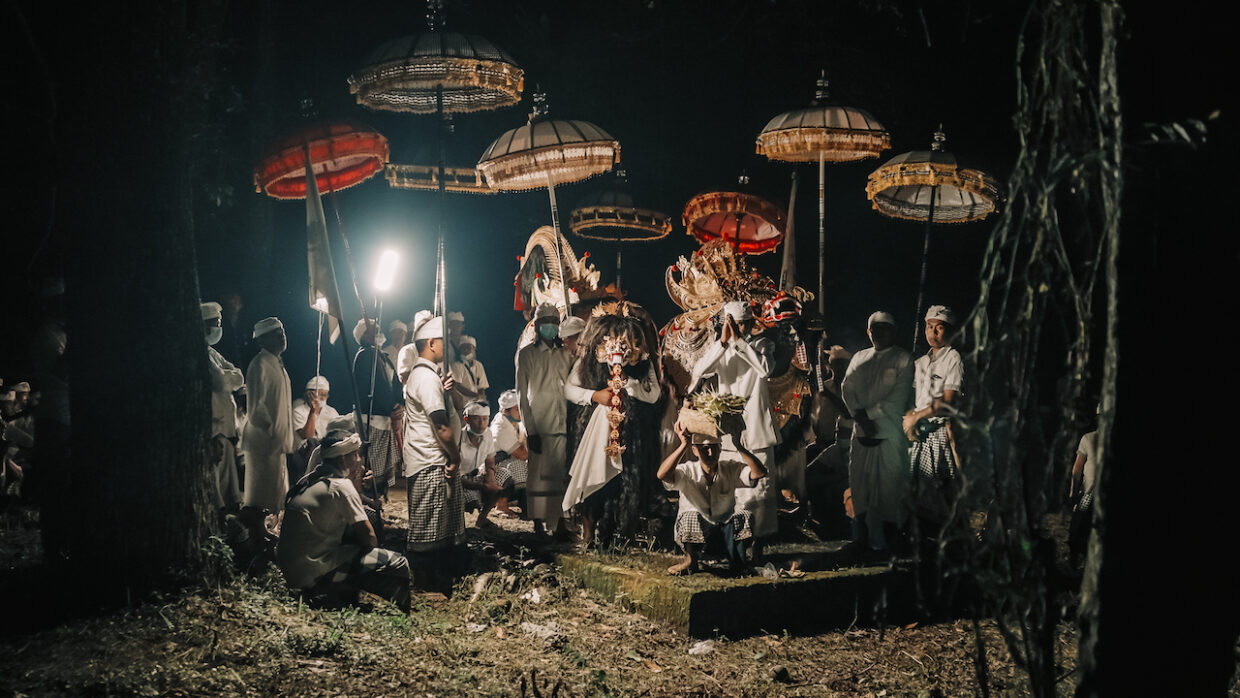With the prices of much-hyped NFTs continuing to drop as observers wait to see how far and wide the fallout from the recent FTX collapse spreads, one area that is quietly seeing growth in the Web3 space is tourism — an industry that itself has undergone massive turmoil over the past three years owing to the COVID-19 pandemic. Much like museums and arts institutions, which increasingly adopted digital art and NFTs over the past year and a half to boost flagging revenues and offer something new to patrons and visitors, tourism officials are looking into new ways to get potential travelers interested, engaged, and incentivized.
Recently, the Tourism Authority of Thailand (TAT) launched what it billed as “Amazing Thailand NFTs,” an experience for visitors to that country that encourages tourists to visit major cultural landmarks around the country and claim one of 3,999 NFTs at five specific locations. (China Town, Siam Square, the Ancient City in Samut Prakan, Wat Arun, and the Giant Swing.)
The effort is unique in that it offers a pathway for tourism officials to direct tourists towards lesser-known areas or communities, and away from highly concentrated tourist traps. As Yuthasak Supasorn of TAT said, “the initiative is also part of the drive to “create a ‘new tourism ecosystem’ towards a more sustainable industry.”
But Web3 technologies aren’t simply used by tourism departments to increase footfall. They’re also being used to preserve cultural artifacts and help protect vulnerable communities and sites. One recently launched NFT marketplace, Quantum Temple, bills itself as a way to connect collectors with worldwide communities, spreading culture in a new way to “immortalize cultural artifacts, traditions, and practices on the blockchain.”
According to Quantum Temple, this allows isolated communities to generate income by minting their own NFTs depicting aspects of their cultural heritage, offering a way to sidestep the potential environmental damage of traditional tourism. As NFT Now recently put it, the result “will be more robust revenue streams for those communities and a more dignified and equitable cultural exchange than the current tourism industry can provide.”
In this way, what Quantum Temple is doing is akin to what we’re seeing from museums and destinations that are turning to NFTs, VR, and AR experiences to preserve their collections, offer something new to visitors rather than the usual posters and T-shirts, and often, fund restoration efforts. One example of this is the Lobkowicz Palace in the Czech Republic, which held a “Non-Fungible Castle” NFT exhibition and auction in October 2021 that raised enough to reactivate desperately needed projects.
In the hospitality industry, hotels and resorts are also exploring potential Web3 extensions, such as transferable RNTs (Room Night Tokens), NFT-like tokens that give guests access to discounted rates and greater flexibility to swap or sell the tokens in the event that their travel plans change. One hotel that recently began offering RNTs is Casa de Campo Resorts & Villas in the Dominican Republic, which partnered with the platform Pinktada for the initiative.
While there are certainly numerous applications for NFTs and blockchain technology in the tourism space, they are not without their downsides. From the current toxic status of the word “NFT” to the massive environmental impact of cryptocurrency mining, any travel destination or resort that branches into these spaces needs to clearly communicate the benefits of these initiatives, whether to the environment (via offsetting carbon emissions or donations to green charities) or the consumer (via real-life perks).



